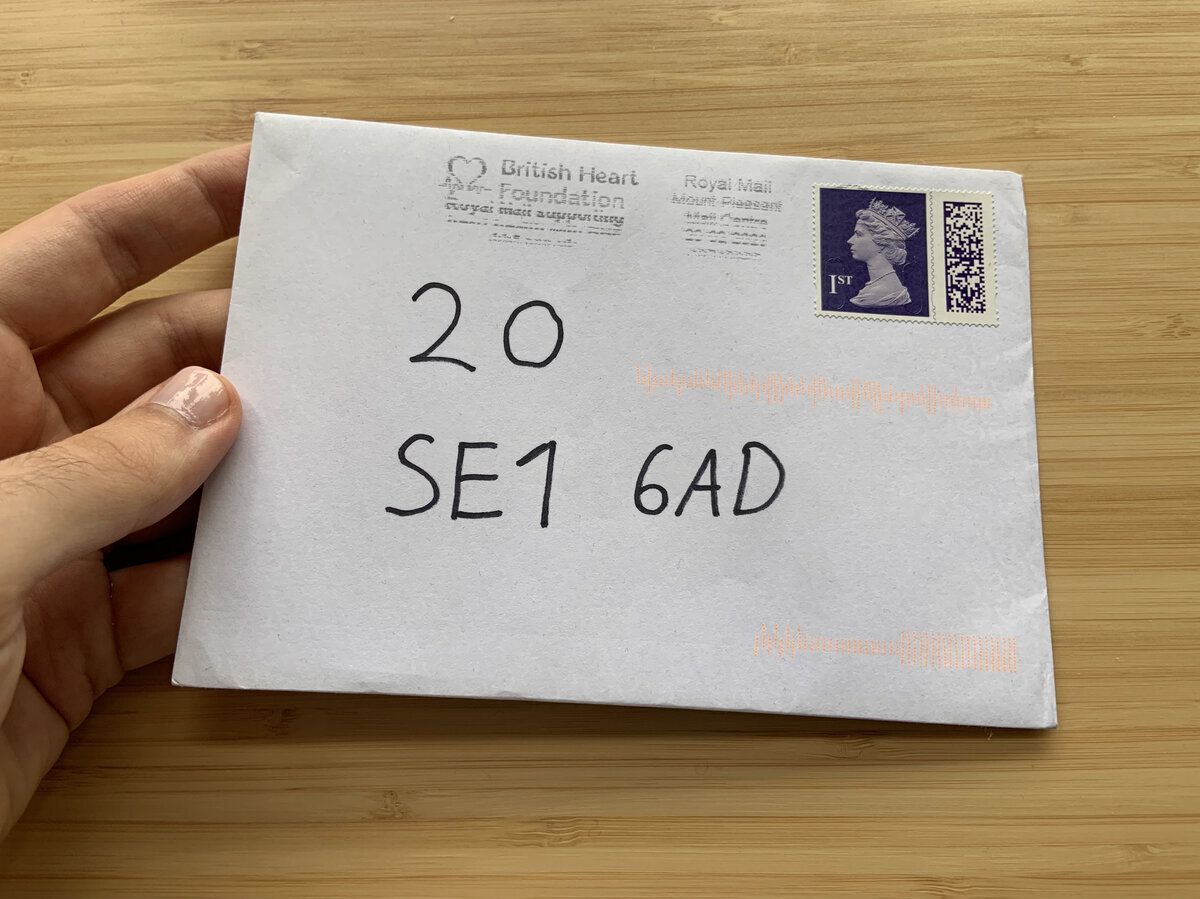I have a soft spot for the United States Postal Service. I might be alone in this, but I can’t remember the last time a package or letter was lost or significantly delayed.
A few times a month, I’m home when heavy metal-enjoying William the Postman delivers the mail. He’s been our postman for years, remembers our names, and is always chipper. (When I was little, he would joke that I should help him with his deliveries. Probably a felony.)
In this spirit, I’ve collected a few postal service “hacks” from around the world that the demonstrate human care and ingenuity that feels rare these days, especially from such large and often faceless government organizations.
Postal services are human services. If a piece of mail can’t be processed by a machine, it’ll be kicked to a human (maybe one of these) who—if they’re in a good mood—will try to figure out where it goes. It’s not for sure, but sometimes you’ll come across William the Postman.
***
Vlad-Stefan Harbuz ran an experiment to find the shortest address required to deliver mail in the United Kingdom. He whittled his address down from “Flat 2 / 20 Harper Road / SE1 6AD / London” to “20 / SE1 6AD”—just 8 characters. Something similar could probably be done in the United States; a name and a ZIP+4 might be enough in some cities.

***
A letter with a hand-drawn map went viral years ago when Icelandic postal workers successfully delivered it to: “an Icelandic/Danish couple and three kids and a lot of sheep.” It probably helps that 1 in 300 Icelanders are postal workers, more than double the concentration in the United States.
***
The last time I was in London, I noticed that my bag of chips crisps listed the company’s address only as “Freepost TYRRELLS.” It turns out this is a service (very descriptively called Freepost NAME) that the Royal Mail offers to businesses. If I wanted to send a letter to Tyrells complimenting them on their cheddar and chive crisps, all I would have to do is write their name on an envelope and drop it into a famous red postbox—no stamp, no return address.
***
According to my college’s mailroom, the ZIP code 02912 belongs exclusively to them. Putting it into Google Maps shows that it does indeed only encompass parts of campus (though not all of it and in some very odd shapes). In theory, someone could mail me a letter with just that ZIP code and my mailbox number. I once received a package that didn’t have the address or mailbox number, just my name, college, and city. It probably only even needed one of the last two.
***
The USPS has a service called Informed Delivery that sends you an email with scans of the outsides of your soon-to-be-delivered mail. (It also shows shipping labels that have been created for your address and by whom.) Private couriers FedEx and UPS have their own: Delivery Manager and My Choice, respectively. These programs cleverly expose internal tracking data, and in the case of Informed Delivery, the machinery that scans and routes letters. And before you ask, I already tried (and failed) to sign up with my the address of my college’s mailroom.
***
You can allegedly drop a wallet with a driver’s license into any blue American postbox and it will be returned. While this has worked for some people, the USPS officially discourages it.
***
This isn’t a hack, but since you’ve read this far into a blog post about postal services, I think you’ll enjoy it. The wonderful Rural Indexing Project has hundreds of photos of rural post offices that are quaint, architecturally fascinating, and inspiring—the USPS, established before the Declaration of Independence, serves every last corner of America.

***
If you know of any other postal service “hacks” in your country, send me an email or try your luck with a letter addressed to “02912 #8774.”